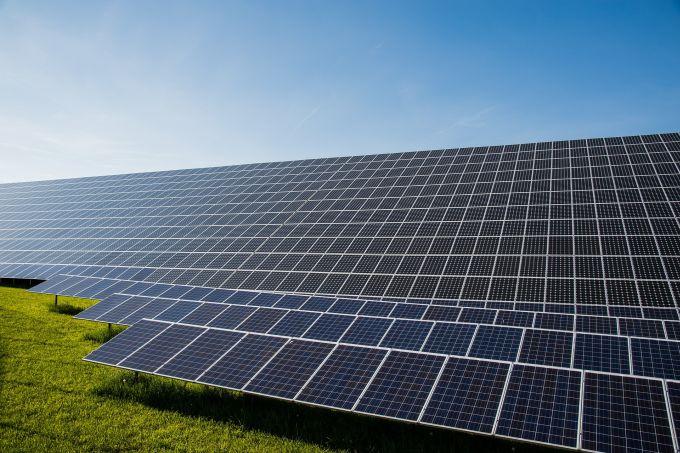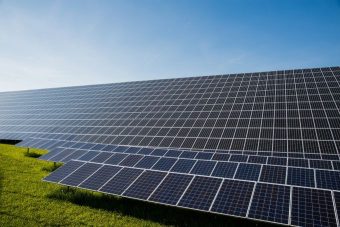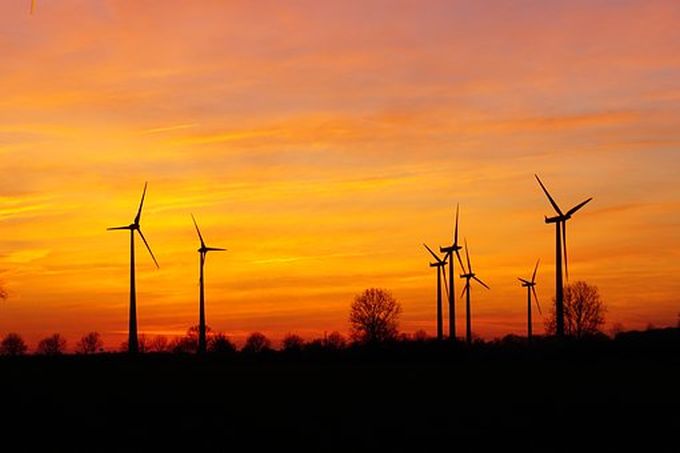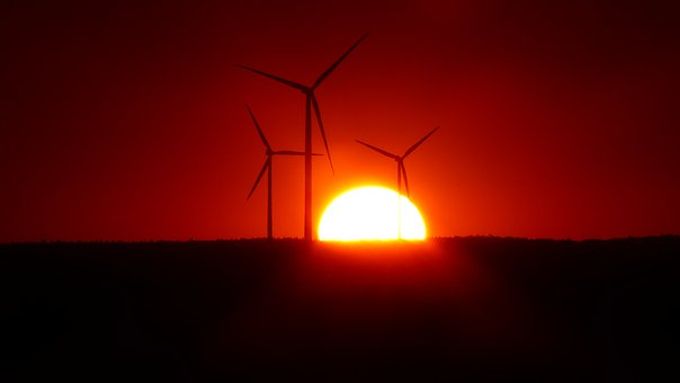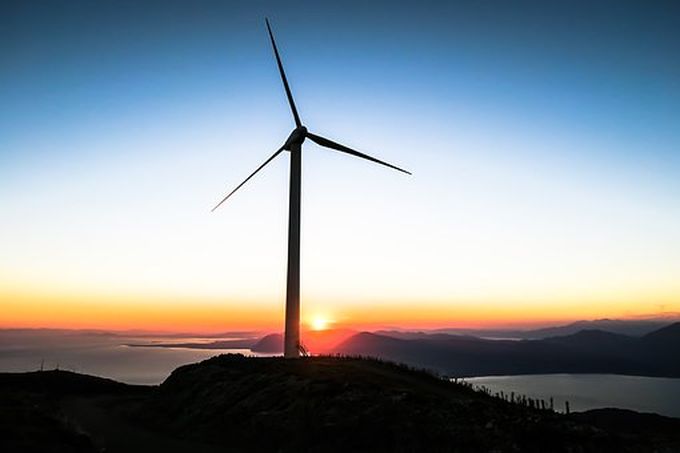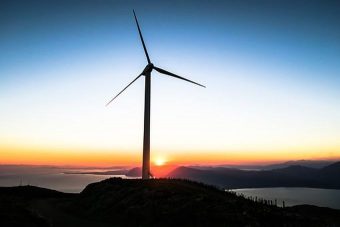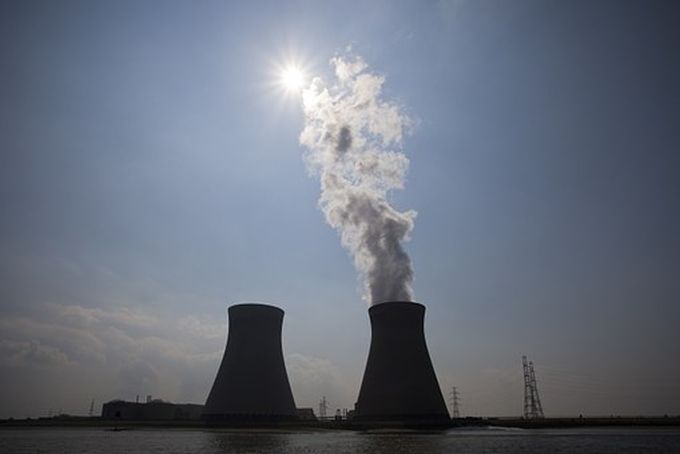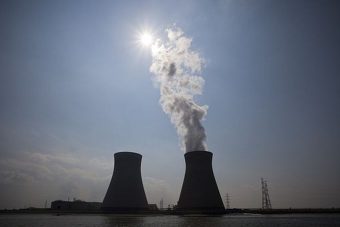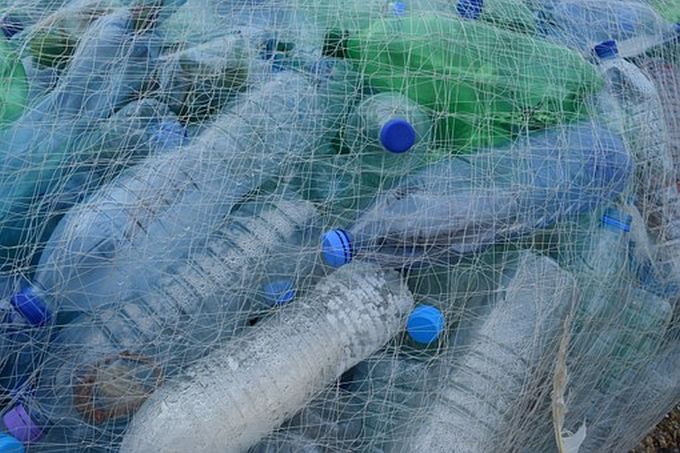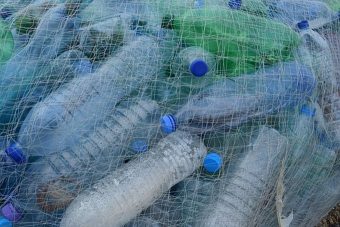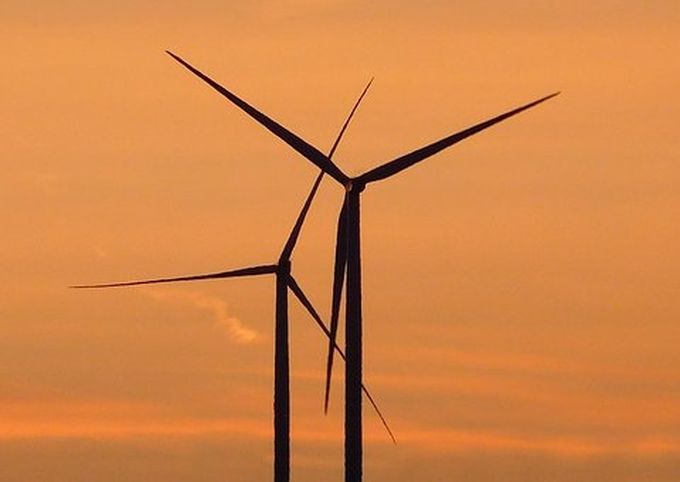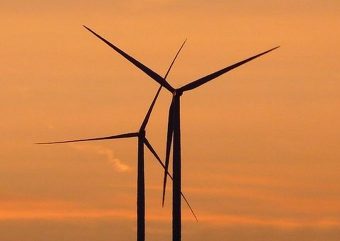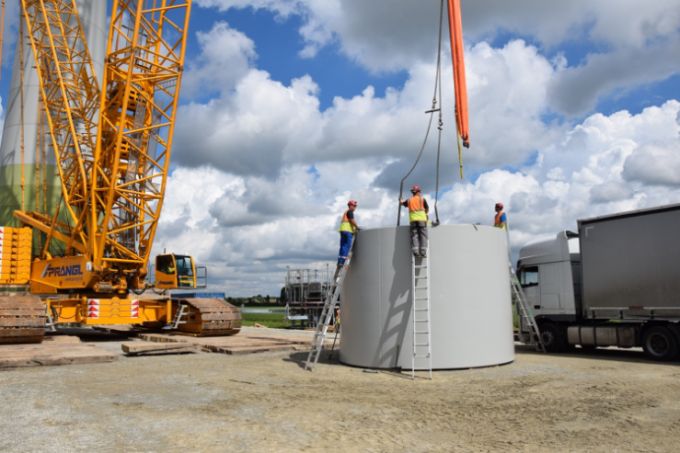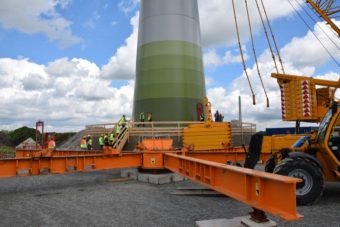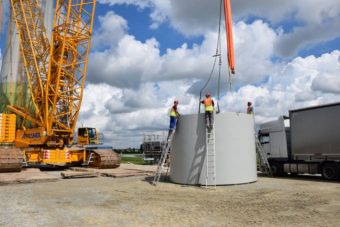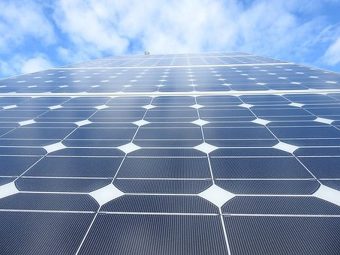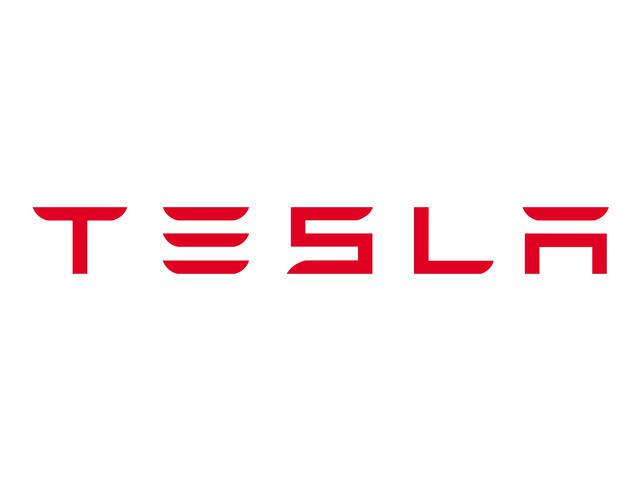
Shareholders in Shell rejected proposals for the oil giant to set public emission reduction targets at its Annual General Meeting (AGM) in the Netherlands yesterday.
The proposals were rejected by 94 per cent of shareholders on Tuesday, despite a sustained campaign by activists and a number of Shell shareholders, including the Church of England and European pension funds.
Shell chief executive Ben van Beurden said the resolution was an “unreasonable ask” for the company, insisting the targets could force the company to sell less of its products.
Van Beurden opened his speech at the AGM with a 30-minute presentation on climate change, in anticipation of the robust questioning from activist shareholders that followed.
But he argued setting targets was not in the “best interests” of the company, explaining that a reduction in sales for Shell would only benefit its fossil fuel competitors unless the rest of the energy system moves with it.
The company insisted that setting unilateral targets could inadvertently lead to higher emissions if customers switched to suppliers with more carbon intensive fuels.
Earlier this week those in favour of the resolution admitted they did not expect it to pass, but expressed hoped it would provoke further debate over Shell’s stance on climate issues.
“I’m not expecting that it will pass but the resolution is well-worded and we support its intent – it’s something the board should be taking note of,” Adam Matthews, head of engagement for church commissioners at the Church of England, told the Guardian.
During the meeting Beurden did promise the company would work with investors to see how it could become more transparent about its agenda for tackling climate change in the future.
The company also indicated that it would continue investigating the potential impact of the rapid expansion of the electric vehicle market on future demand for fossil fuels.
Meanwhile, shareholders did approve a new pay policy for Van Beurden which, for the first time, links part of his bonus to progress on cutting the company’s greenhouse gas emissions. The new pay package amounts to a 60 per cent pay increase.
In other oil and gas industry news, Repsol sparked controversy this week with the completion of a of a five-year €500m ($559m) ‘green bond’.
The company said the proceeds of the bond would be used to fund emissions-saving energy efficiency projects, rather than new exploration.
However, Sean Kidney of the Climate Bonds Initiative told news agency Bloomberg that the use of green bonds to support fossil fuel-related projects posed questions for the emerging sector.
“This is fundamentally dubious,” he said, adding that the investor backed Climate Bonds Initiative was “unlikely to include this in our listings of green bonds and our data for green bond indexes”.
Source: businessgreen.com



